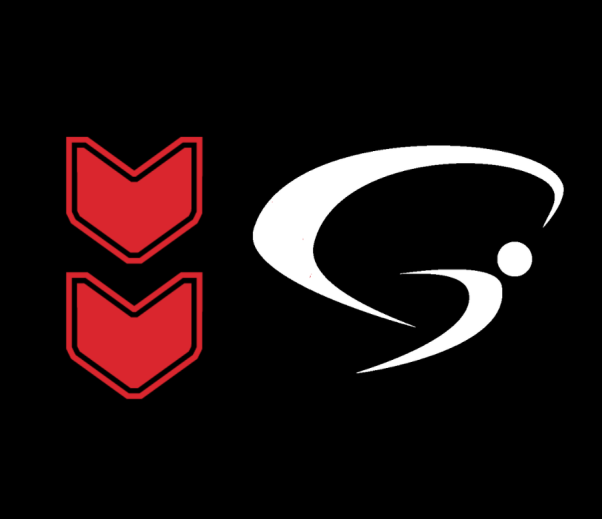Before your jump, you will practice on the ground. You will simulate the exit, freefall and be questioned about the visual check and the control check (that will be coverded in the next module) and the landing pattern (that we will study in module 6).
The video below shows you the practice on the ground.
When it's your turn to jump, wait for your instructor to prompt you to stand in the door. Place both hands on the door jamb, position your left foot forward on the step and your right foot back. At this point your head and shoulders should be outside the plane.
Look at the instructor inside the plane and wait for his OK. When he signals that you can go, take a deep breath and push yourself to the side. At this time, all your attention should be focused on your position.
Your head should be raised. Try to keep your gaze upward!
Your pelvis should be arched. Push your pelvis forward!
Your legs should be pushed. Push your legs against the wind!
Once stable and in control of your emotions, begin your freefall routine.
During your training you will have to perform what is called a freefall “routine”. The first jump routine is as follows:
First Jump Routine
1. When you are stable, read the altitude on your altimeter.
2. Look at the instructor on the right, make the requested position corrections if necessary then wait for a OK.
3. Look at the instructor on the left, make the requested position corrections if necessary then wait for a OK.
4. Perform three opening practices. An opening practice consists of simulating an opening by taking the pilot chute handle in your hand but without throwing the pilot chute. Remember to bring your left arm in front of your eyes.
5. Read the altitude on your altimeter.
At this moment, if your position allows it, the instructor on the left will release you and place himself in front of you. The instructor on the right will also release you. You are flying alone for the first time!
At 6,500 feet, the instructor on the left will come back to the side and the two instructors will hold you again. Watch your altitude! At 5,500 feet you can begin to reach your pilot chute and throw it. You must have thrown it by 5,000 feet. Before you begin to reach, make sure you have perfect position: chin up, pelvis arched and legs pushed into the wind. When opening, only your arms are supposed to move.
The video below shows what a first jump looks like. Note the presence of the altimeter at the bottom right of the screen. The 0 represents an altitude of 0 foot or 12,000 feet. Likewise, the 1 represents 1,000 feet or 13,000 feet and the 2 represents 2,000 feet or 14,000 feet. When you jump, the needle will point between 1 and 2 because you will be at 13,500 feet. During your free fall, the needle will rotate counterclockwise as your altitude decreases.


